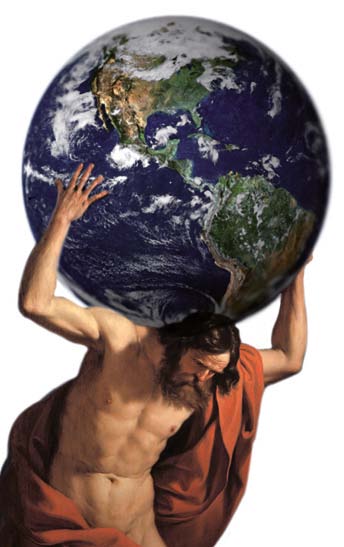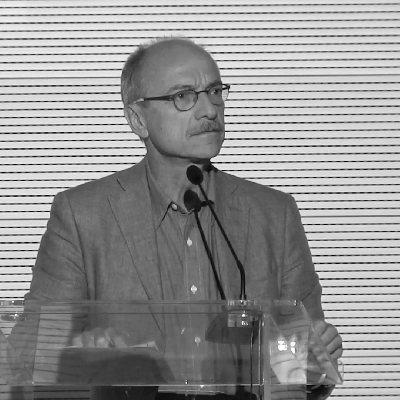The curb put by Jean-Claude Junker – President of the European Commission – stopping the directive on circular economy prohibiting the dumping into landfills of recyclables and imposing the recycling of 70% of urban waste and 80% of packing waste by 2030 – is like déjà vu all over again. It is precisely in Rome that a certain government with little environmental education has long dismissed the potential of renewable sources, subsidizing clean energy, convinced as they were that it was a trifle, that sun and wind were good for the country properties of a few aged hippies but that they were unable to affect the interests of multinationals that have been controlling the oil scene for over a century in every possible way.
We all know how it all ended up. Today one light bulb out of three is illuminated thanks to clean energy and this new sector has created tens of thousands of new jobs. And just when we were reaping the fruits of such choice (despite the intermittent incentives) a curb was put in place aimed at punishing rather than saving. Thousands of jobs have been lost. A setback has taken place just where leading countries are making headway, thus showing that the growth of renewable sources is irreversible. We carry on paying the bill for innovation but, unlike what is occurring in Germany, where the expenditure is similar and the path has been carefully planned, part of the benefits are being thrown away.
Now it seems as if the same situation might be repeated at a European level, by adding support to a far-sighted economy, that of material recovery. Behind schedule, Brussels recognizes the potential of the innovative economy and is afraid of the repercussions it might have on the old economy sectors. And yet, it was precisely the Commission’s experts that had put down in black and white the details of the potential of the bioeconomy, the central axis of material recovery: with a turnover of €2,000 billion, 9% of jobs, the opportunity to create further 130,000 jobs within 10 years, with a return of 10 euro of turnover per every euro invested in research by 2025.
Will the far-sighted expert analyses be obnubilated by the desire not to disturb last century’s potentates? It will largely depend on the reaction ability of European citizens. If the pressure to shift the attention from financial speculations that occur in a fraction of a second to activities benefitting over the decades prevails, Europe’s hesitation could only be temporary. Losing leadership over the bioeconomy and the sharing economy can indeed prove fatal for the innovative ability needed for the recovery of the Old Continent. For example, worldwide, bioplastics are expected to grow by 500% between 2011 and 2016; the sharing economy gave a good account of itself with its remarkable achievement of the car sharing that, in 2014 was all the rage in Italy and is now growing rapidly the world over; in the EU28 50% urban waste target is worth 875,000 jobs.
But this is not enough. The figures shown in this issue of Renewable Matter indicate that the current consumption trend of the planet contains an imbalance able to undermine the possibility of recovery and stabilization of the economy: a change of pace is needed at a global level. As Aldo Femia puts it, every year man moves between 50 and 60 billion tons of rocks, stones, sand and gravel, which is double the amount of that erupted by ocean volcanoes, three time as much as that carried to the sea by all rivers, 60 times higher than that due to wind erosion.
The fact that we turned the planet into a mine has an increasingly strong impact because the environment is devastated at the moment of the extraction of raw materials and the ecosystems are polluted at the moment of waste release. Such release often occurs in the atmosphere, used as a dump: the 36 billion tons of CO2 released every year alone are a good enough reason to raise the alarm for the climate calamity taking shape.
Such damage could largely be avoided by feeding back into the cycle what is extracted, through a reconversion of the production system that can offer – and is already doing so – interesting results from an economic and environmental standpoint. In 2011 – as Antonio Pergolizzi reminds us in these pages – the Italian industry employed about 35 million tons of raw materials from waste recovery and in the last 10 years it has doubled the number of workers in recycling companies (from 12,000 to over 24,000).
But a lot more could be done. The Italian balance in the field of the materials necessary to support the production system is still negative by 4.3 million tons, worth €2.2 billion: we throw away precious goods only to buy them again. Wasting is no longer acceptable.
 There is an opportunity for further growth in the recycling sector, acting as a driving force for an economy with a high level of innovation and social cohesion. One only needs to look in the right direction. To the future.
There is an opportunity for further growth in the recycling sector, acting as a driving force for an economy with a high level of innovation and social cohesion. One only needs to look in the right direction. To the future.
Graphic re-elaboration of a detail from Atlas Holding the Celestial Sphere by Guercino (1646), image courtesy of NASA



